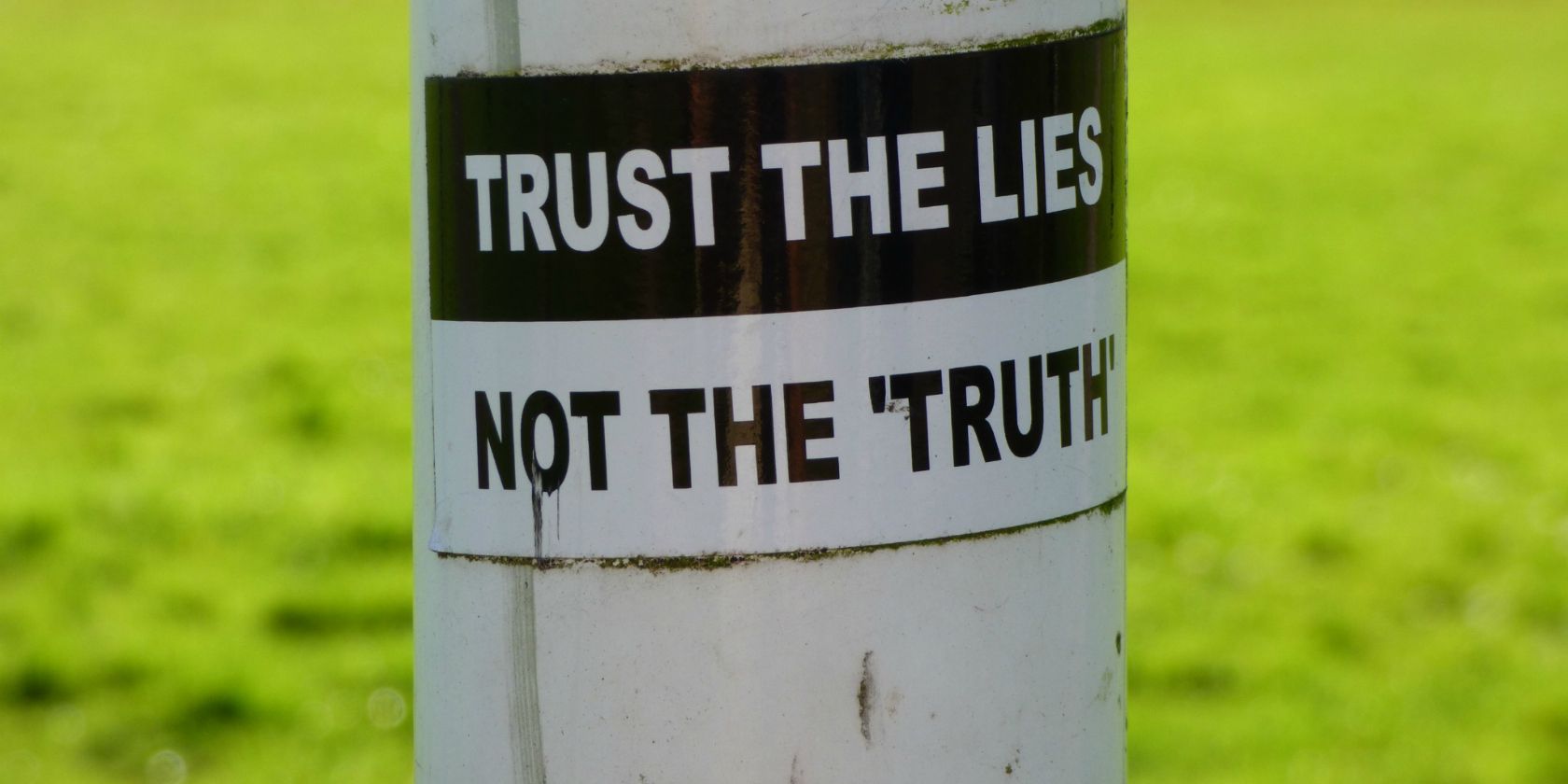Facebook is continuing its fight back against fake news. While Facebook doesn't produce fake news, it's at least partly responsible for its dissemination. When you see a story on Facebook it's very easy to take it at face value rather than investigate further. And that's not good.
Facebook started its crackdown on fake news in December 2016. This began with simply asking users to flag news stories as fake, beginning in the U.S. before spreading to Germany. And now Facebook is ramping up its efforts with a list of 10 tips designed to help you spot fake news.
Facebook's "tips for spotting false news" will start appearing at the top of news feeds tomorrow (April 7). They're not a permanent fixture though, being featured up to three times before they disappear. After that the tips, as outlined below, will be visible in the Facebook Help Center.
- Be skeptical of headlines. False news stories often have catchy headlines in all caps with exclamation points. If shocking claims in the headline sound unbelievable, they probably are.
- Look closely at the URL. A phony or look-alike URL may be a warning sign of false news. Many false news sites mimic authentic news sources by making small changes to the URL. You can go to the site and compare the URL to established sources.
- Investigate the source. Ensure that the story is written by a source that you trust with a reputation for accuracy. If the story comes from an unfamiliar organization, check their “About” section to learn more.
- Watch for unusual formatting. Many false news sites have misspellings or awkward layouts. Read carefully if you see these signs.
- Consider the photos. False news stories often contain manipulated images or videos. Sometimes the photo may be authentic, but taken out of context. You can search for the photo or image to verify where it came from.
- Inspect the dates. False news stories may contain timelines that make no sense, or event dates that have been altered.
- Check the evidence. Check the author’s sources to confirm that they are accurate. Lack of evidence or reliance on unnamed experts may indicate a false news story.
- Look at other reports. If no other news source is reporting the same story, it may indicate that the story is false. If the story is reported by multiple sources you trust, it’s more likely to be true.
- Is the story a joke? Sometimes false news stories can be hard to distinguish from humor or satire. Check whether the source is known for parody, and whether the story’s details and tone suggest it may be just for fun.
- Some stories are intentionally false. Think critically about the stories you read, and only share news that you know to be credible.
Facebook is initially targeting users in the US, the UK, Germany, France, Italy, the Philippines, Indonesia, Taiwan, Myanmar, Brazil, Mexico, Columbia, Argentina, and Canada. However, the social network isn't ruling out rolling it out to other countries in the future.
These seem to be solid tips for helping people spot fake news. The problem, as ever, is that it still requires humans to actually use common sense and look past the headlines. How many of Facebook's 1.8 billion users will actually take the time and effort to do that? Probably not enough to make a difference, unfortunately.
Do you believe everything you read on Facebook? Or do you consider yourself capable of spotting bullshine? What do you think of Facebook's tips for spotting fake news? Will they make any discernible difference? Please let us know your thoughts in the comments below!
Image Credit: Sam Saunders via Flickr

